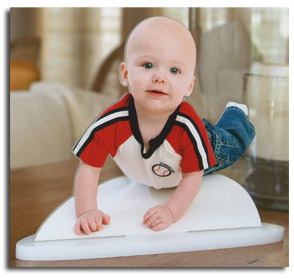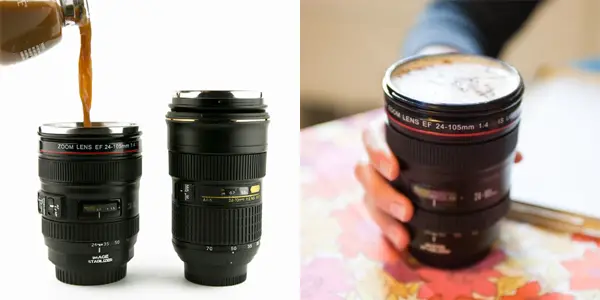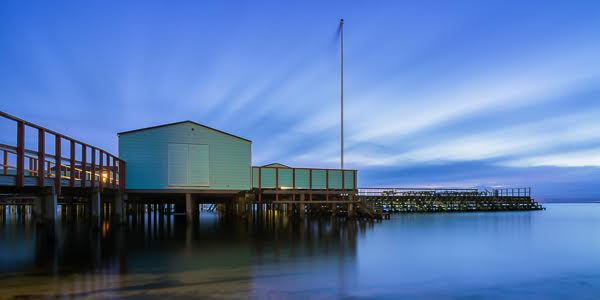“It’s such a benefit for low light and for longer focal lengths. If you want an all-in-one then this is definately the lens to go for. Great for travelling as you only need to take one lens and don’t have to worry about changing lenses in dirty conditions. Highly recommended.” — fergusmacdonald about the Nikkor 18-200 VR
The lens review database is continuing to grow and has become a great resource for anyone doing lens research. Check it out if you’re thinking of buying a new lens. And please consider contributing a review if you own one of the lenses. Your fellow photographers will thank you for your generosity.

 Mpix.com has a neat new product called
Mpix.com has a neat new product called 






